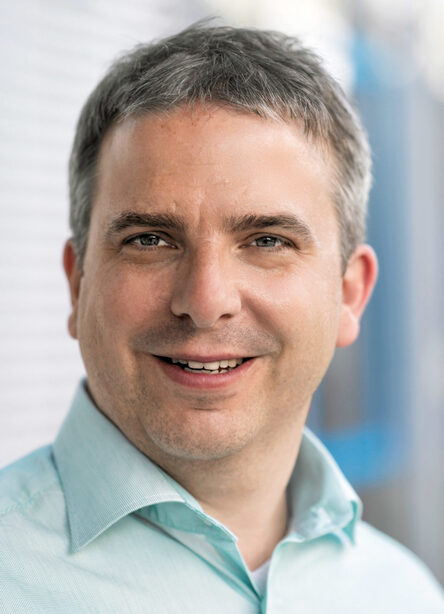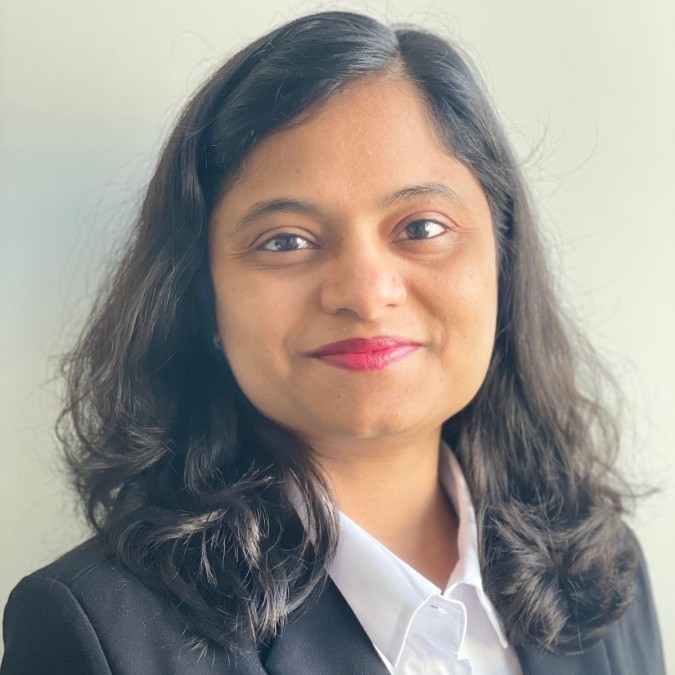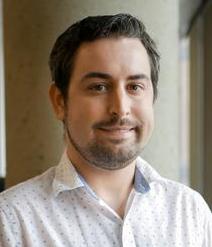TU1: Introduction to the Asset Administration Shell (AAS)


Prof. Dr. Michael Hoffmeister Karlsruhe University of Applied Sciences (HKA), FESTO, IDTA, Germany
Juilee Tikekar Industrial Digital Twin Association (IDTA), Germany
Monday, 13:00-16:30, Room S5
Abstract:
Industry 4.0 refers to the intelligent networking of machines and processes with the help of information & communication technology, and the digital twin is considered a key enabler for various use cases of Industry 4.0. Digital Twins are the digital representation of an asset, where an asset is anything that has added value to an organization.
The Asset Administration Shell (AAS) is the standardized digital representation of this asset. The Industrial Digital Twin Association (IDTA) works for the standardization of AAS and making it the de-facto technology for industry. This tutorial introduces the importance of AAS and how it helps achieve interoperable digital twins. It will also focus on benefits and general use cases of AAS, such as identification of the assets, Product Carbon Footprint (PCF), Product Change Notification (PCN), Digital Product Passport (DPP), and so on.
This tutorial also emphasizes hands-on exercises around AAS. In these exercises, the participants will gain practical experience on how to create an AAS from a day-to-day example. These exercises also include an introduction to IDTA published Submodels such as Digital Nameplate and Hierarchical Structures Enabling Bill of Materials. Insights into the status of the international standardization of the AAS will be given.
AAS is widely known as a foundation technology enabling Dataspaces such as Manufacturing-X to generate value based on interoperable data exchange. AAS is considered an important factor in complying with European Union (EU) regulations such as Digital Product Passport (DPP). Thus, this The tutorial directly relates to the topics of digital transformation, paradigms, methods, and tools in ICPS. This tutorial is best fit for the participants who are looking for the answer to “How to get started with Asset Administration Shells?”. This tutorial aims to familiarize the audience with the concept of AAS along with the practical experience. The tutorial will consist of an insightful presentation on AAS as well as the exercises along with interactive discussions. The exercises will use an online beginner-friendly tool to create and model the AAS. In this tutorial, the following topics will be covered:
- Motivation for digital twins
- Today’s digital twins vs interoperable digital twins by IDTA (AAS)
- Submodels
- Current use cases and developments
- Hands-on exercise: Digital Nameplate
- Hands-on exercise: Bill of Materials
- Hands-on exercise: Product Type to Instance
- Demonstration on Product Carbon Footprint Showcase
Speaker Bio:
- Prof. Dr. Michael Hoffmeister is a professor at the Karlsruhe University of Applied Sciences (HKA) in the field of mechatronics and is a researcher with Festo, which is an internationally renowned manufacturer of industrial components. He is a known driver of the AAS in Industry 4.0, is a board member of the IDTA, heads the IDTA working group for Submodels, and is convenor of the respective IEC 63278 standard for the AAS.
- Juilee Tikekar is working as a Digital Twin Expert at IDTA. Her main responsibilities at IDTA include driving forward open-source development for AAS and supporting the community in implementing AAS.
TU2: Threshold concepts in teaching and learning about Cyber-Physical Systems (CPS)

Prof. David Reeping University of Cincinnati, USA
Monday, 13:00-14:30, Room 1.001
Abstract:
The premise of the tutorial session is to introduce the threshold concept framework for designing experiences to support learning in the field of Cyber-Physical Systems (CPS). This tutorial will introduce our current understanding of potential threshold concepts in the CPS field based on the Delphi study we conducted with 11 international CPS experts. We will then invite the participants to engage in dialogue using an exercise called Q Methodology to refine the previous findings into a more parsimonious set of potential threshold concepts useful to the broader CPS community and educators. The tutorial session will close with a group discussion about the participants’ experiences with the Q Methodology exercise, where results will be shared.
In this tutorial, the following topics will be covered:
- Threshold concepts in teaching and learning threshold concepts in CPS
- The Delphi method / study as a mechanism for identifying threshold concepts in CPS
- Q Methodology as a mechanism for refining threshold concepts in CPS
Speaker Bio:
- Prof. David Reeping is an Assistant Professor in the Department of Engineering and Computing Education at the University of Cincinnati. He is a mixed methodologist with a particular interest in pairing qualitative methods with emerging advanced quantitative methods. His current research includes transfer student experiences, threshold concepts, measuring curricular complexity, and student interactions with generative AI. He earned his Ph.D. in Engineering Education from Virginia Tech and was a National Science Foundation Graduate Research Fellow. He received his B.S. in Engineering Education from Ohio Northern University, where he was trained as a high school mathematics teacher.